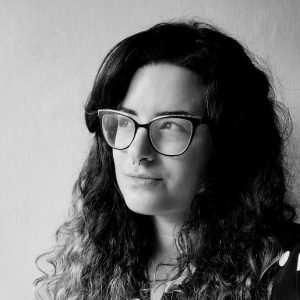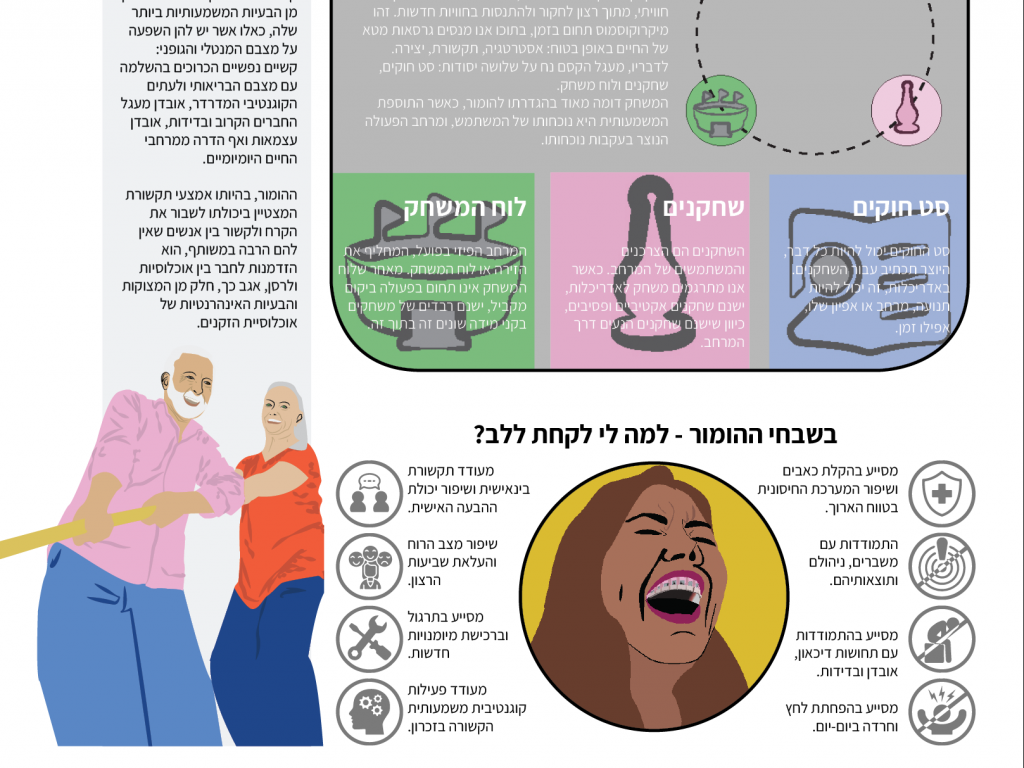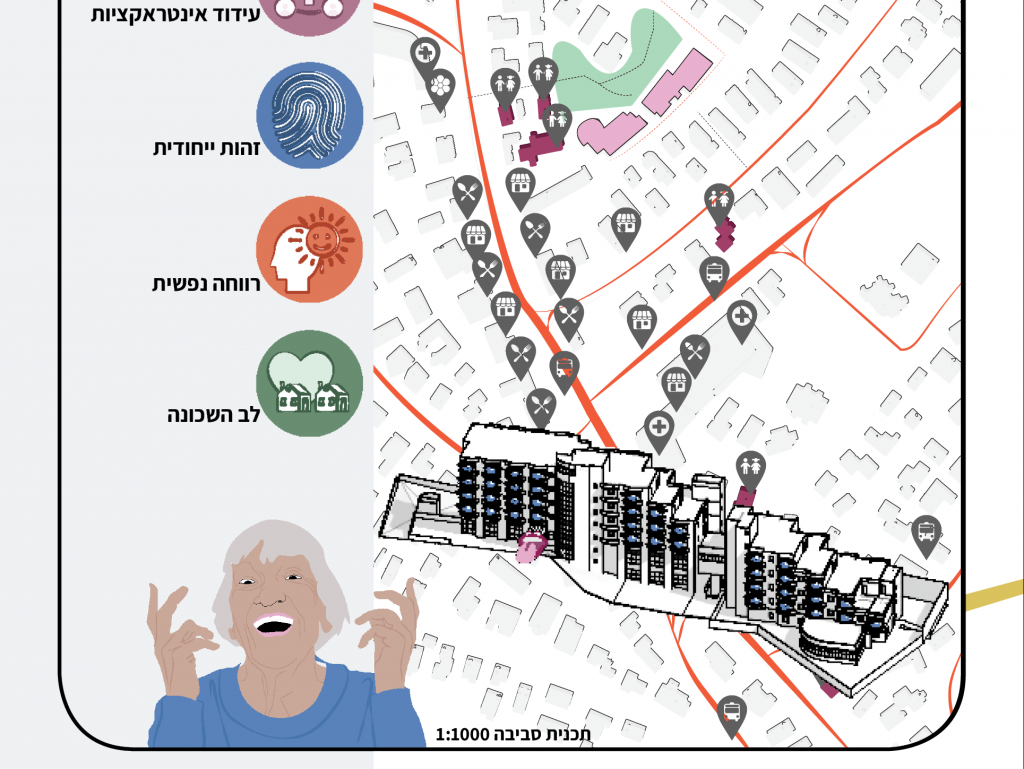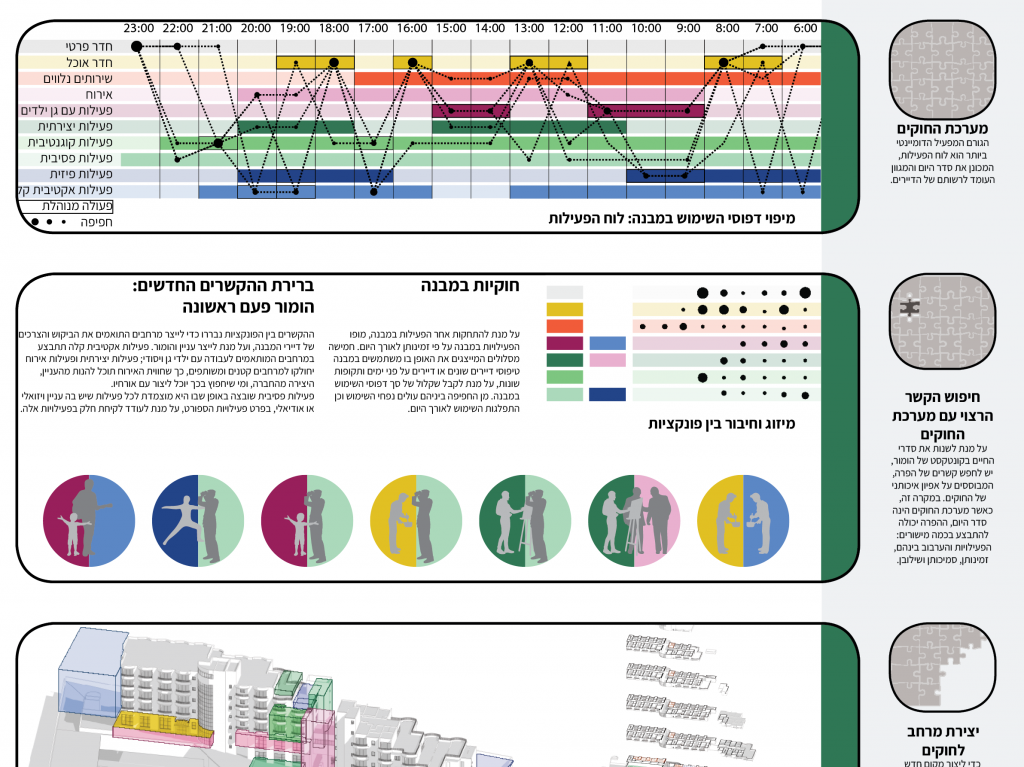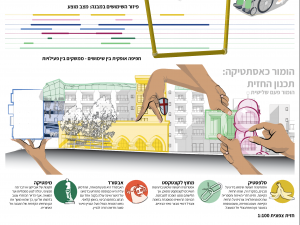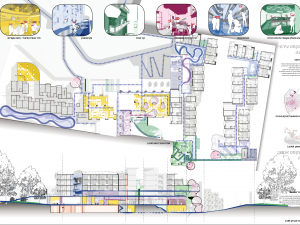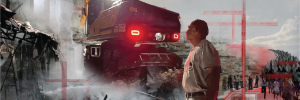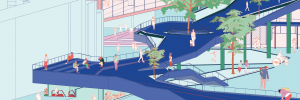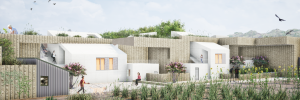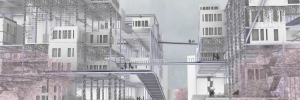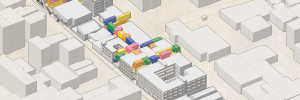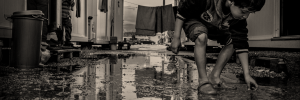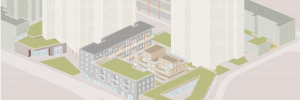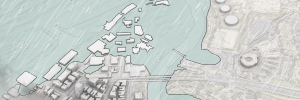Why So Serious?
From the times of ancient Greece until not so long ago, humor has been excluded from what is considered culturally acceptable and, therefore, from the heart of any meaningful academic vocation that fears being seen as ‘non-serious’. This negative image led to its exclusion from the field of architecture as well, thus contributing to the creation of a built environment that rarely satisfies those needs. Humor, an experience of an entertaining nature but with no specific goal, is an important tool of communication – among people, but also between a place and its users.
Despite its lack of purpose, humor has a direct bearing on personal welfare. It is linked, among other factors, to the ability to cope with stress, anxiety and depression; communication and self-expression; a more cheerful mood and greater contentment; the acquisition and maintenance of new cognitive skills; and improvement of the immune system.
The case study for this project is Psagot Ahuza, an assisted living center located in the Ahuza neighborhood in the Carmel. It has excellent setting: behind a main street that offers all services, stores and transportation, surrounded by kindergartens and schools yet enjoying quiet and greenery in its immediate vicinity. However, the building offers no humor, a tool by which it could have not only resided amidst the city, but also functioned as a local center. This change in approach also poses a question in relation to the paradigms shaping assisted living today.


